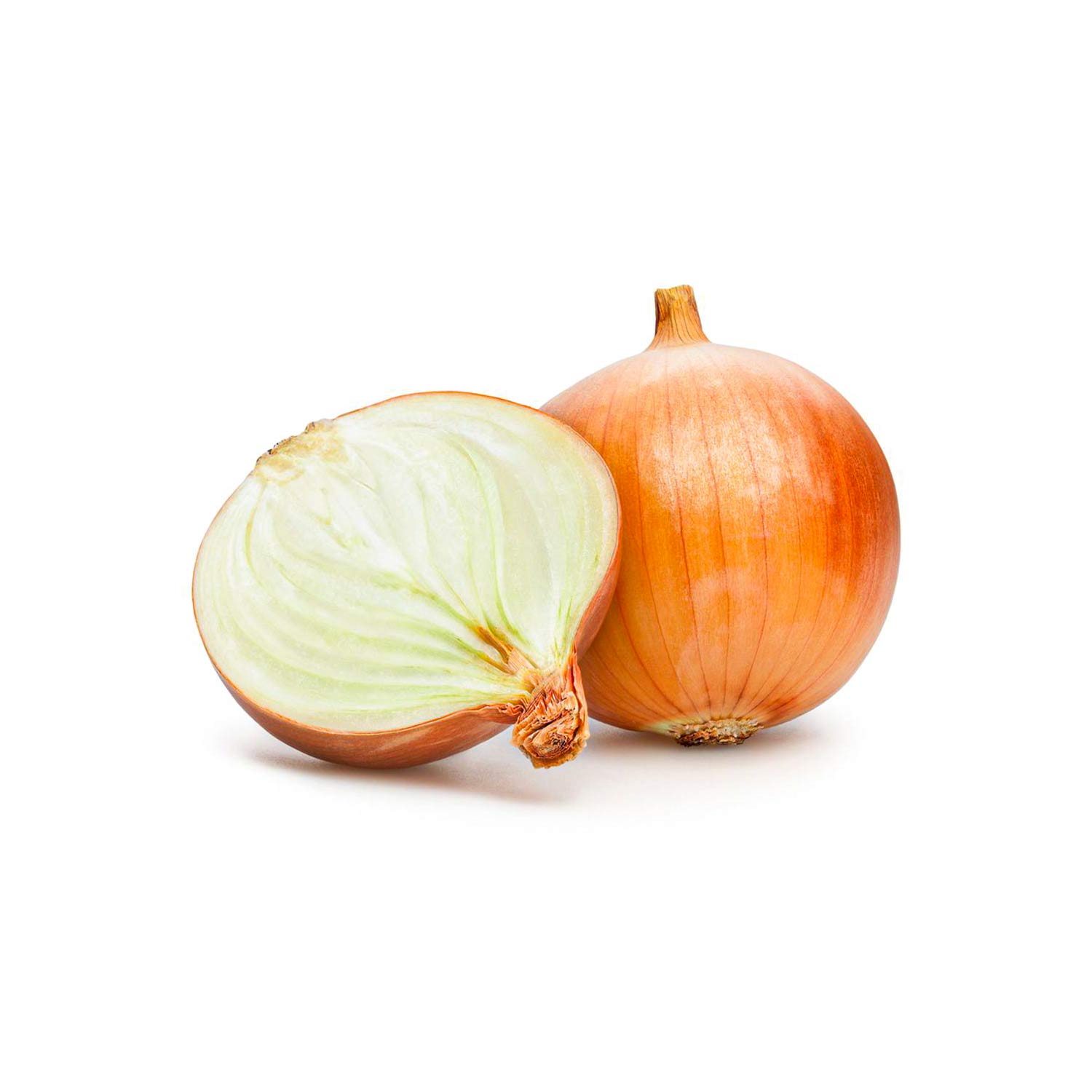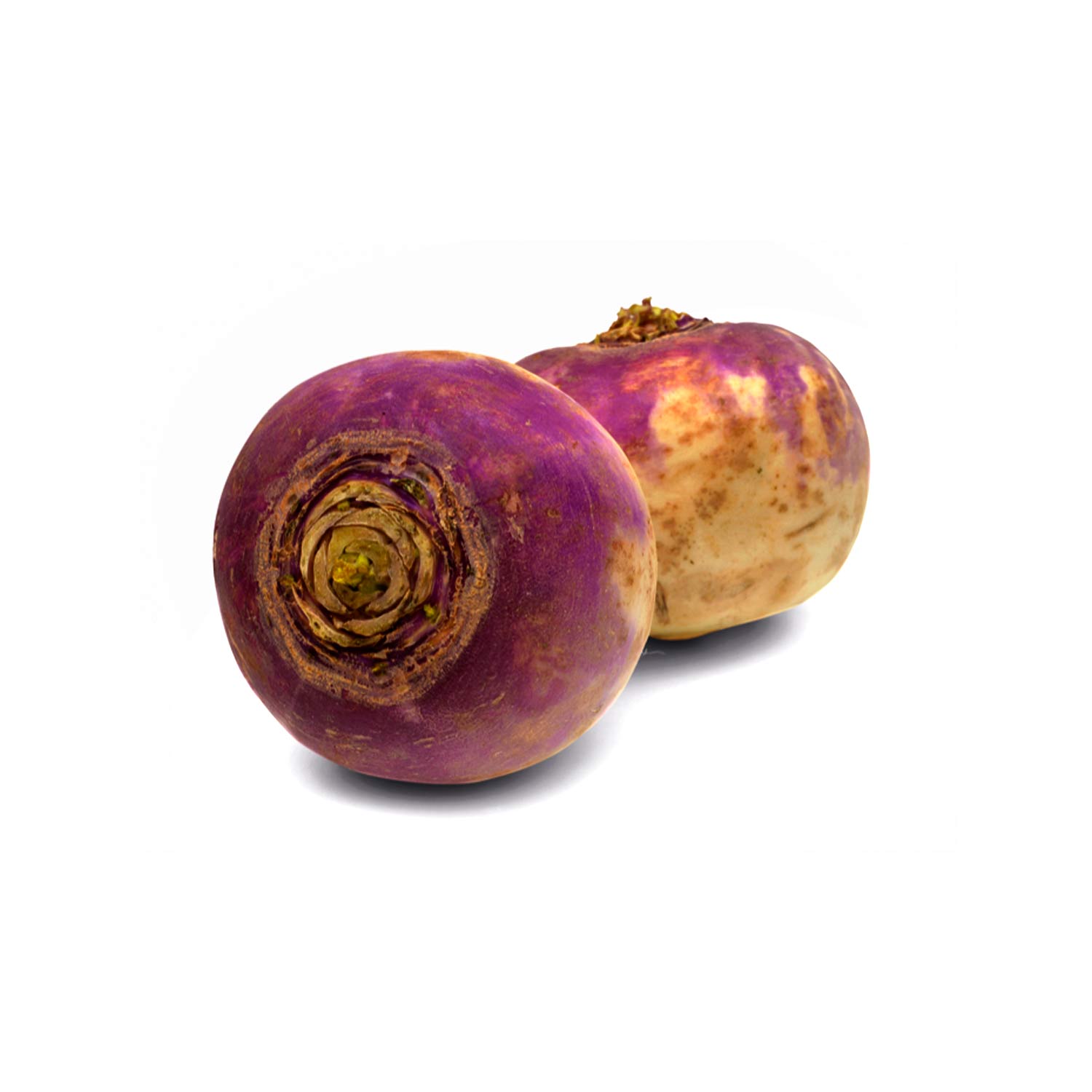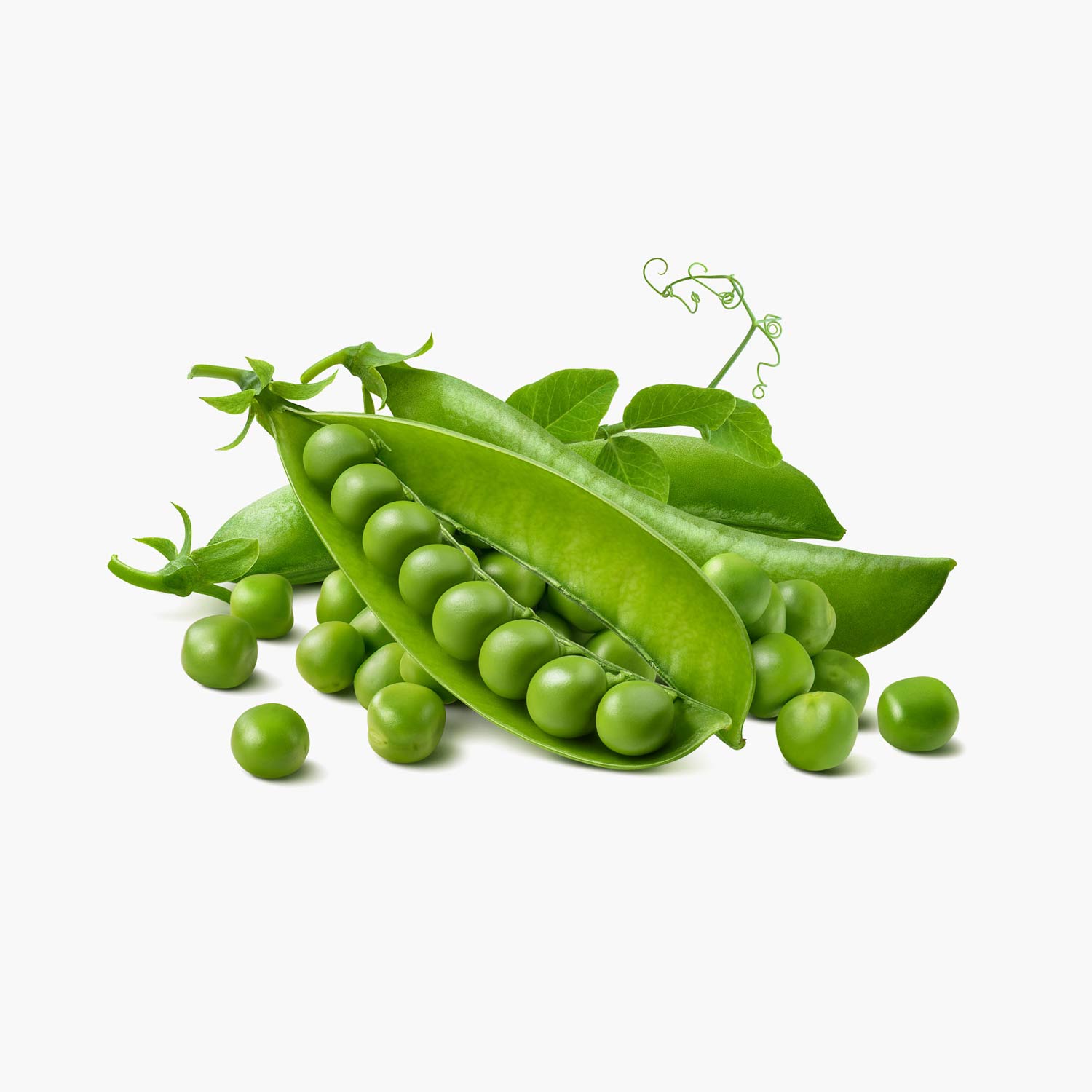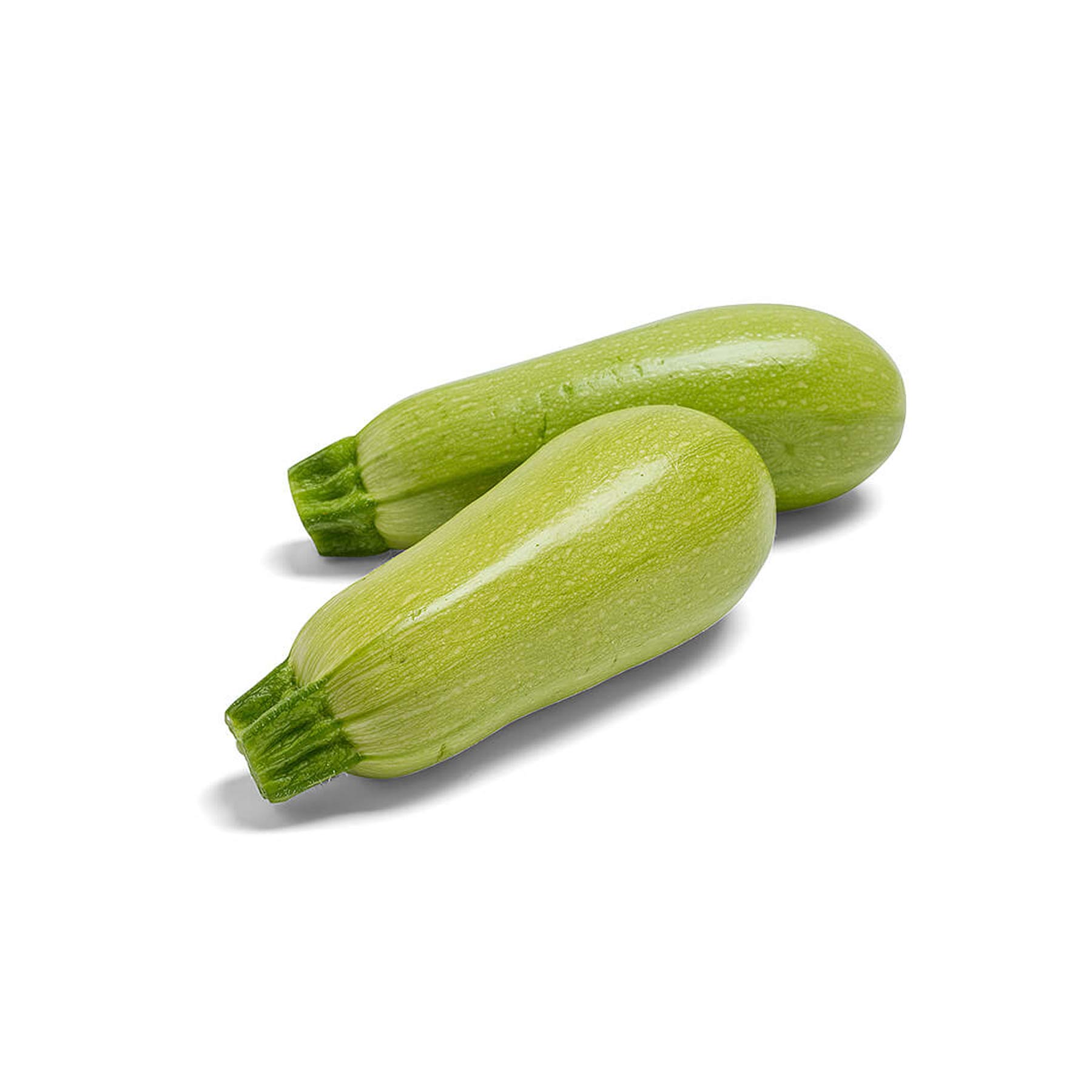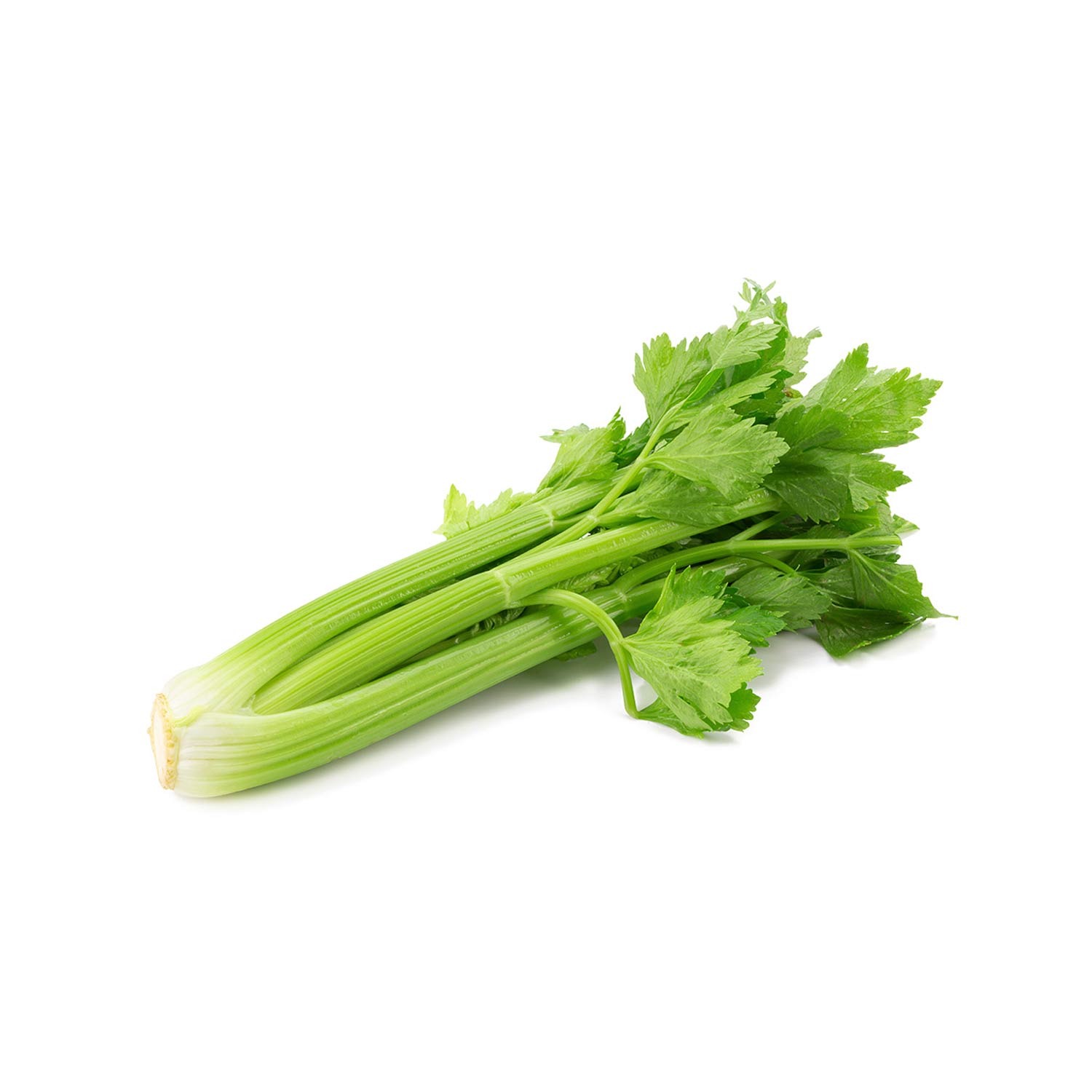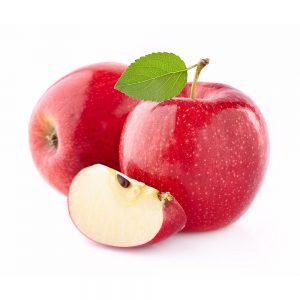A Nutrient Powerhouse
Spinach, often hailed as a superfood, is a leafy green vegetable packed with essential nutrients and health benefits. Whether you enjoy it raw in salads, cooked in dishes, or blended into smoothies, spinach is a versatile addition to any diet. This article explores the numerous benefits of spinach, highlighting why you should incorporate it into your meals. The Incredible Benefits of Spinach .
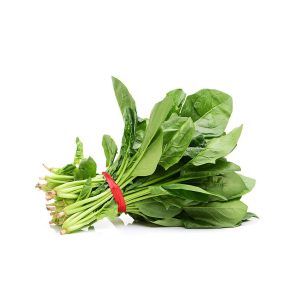


Nutritional Profile of Spinach
A Rich Source of Vitamins and Minerals
Spinach is loaded with essential vitamins and minerals, making it one of the healthiest vegetables you can eat. Here are some key nutrients found in spinach:
- Vitamin A: Supports eye health and immune function.
- Vitamin C: Acts as an antioxidant and helps the body absorb iron.
- Vitamin K: Essential for blood clotting and bone health.
- Iron: Important for energy production and oxygen transport in the blood.
- Folate: Supports cell division and is crucial during pregnancy.
With such a rich nutritional profile, spinach is an excellent choice for maintaining overall health. The Incredible Benefits of Spinach
Health Benefits of Spinach
1. Boosts Immunity
Spinach is rich in antioxidants, which help combat free radicals in the body. This action supports the immune system, making it more effective at fighting off illnesses. The vitamin C content in spinach further enhances immune function, providing a double boost to your body’s defenses.
2. Supports Eye Health
The antioxidants lutein and zeaxanthin found in spinach are known to promote eye health. These compounds help protect the eyes from harmful blue light and may reduce the risk of age-related macular degeneration (AMD) and cataracts. Including spinach in your diet can be a delicious way to keep your vision sharp.
3. Promotes Healthy Skin
Spinach contains a wealth of vitamins and minerals that contribute to healthy skin. Vitamin A helps maintain skin integrity, while vitamin C aids in collagen production, promoting elasticity and reducing the appearance of wrinkles. The antioxidants in spinach also combat oxidative stress, leading to a more youthful complexion.
4. Aids Digestion
Spinach is an excellent source of dietary fiber, which is essential for healthy digestion. Fiber helps regulate bowel movements, prevent constipation, and support a healthy gut microbiome. Incorporating spinach into your meals can promote digestive health and enhance overall well-being.
How to Incorporate Spinach into Your Diet
1. Salads and Smoothies
One of the easiest ways to enjoy spinach is by adding it to salads or smoothies. Fresh spinach leaves can add a nutritious boost to any salad, while blending it into smoothies provides a delicious way to increase your vegetable intake.
2. Soups and Stews
Add spinach to soups and stews for an extra layer of flavor and nutrition. It wilts down significantly when cooked, making it an easy addition to various dishes.
3. Sautéed or Steamed
Lightly sauté or steam spinach to preserve its nutrients while enhancing its flavor. Pair it with garlic and olive oil for a quick and healthy side dish.
https://iranfreshfruit.net/does-eggplant-have-protein




